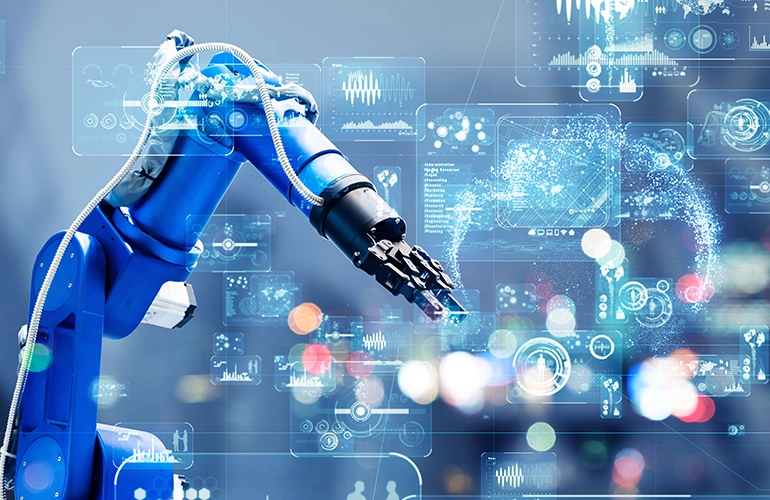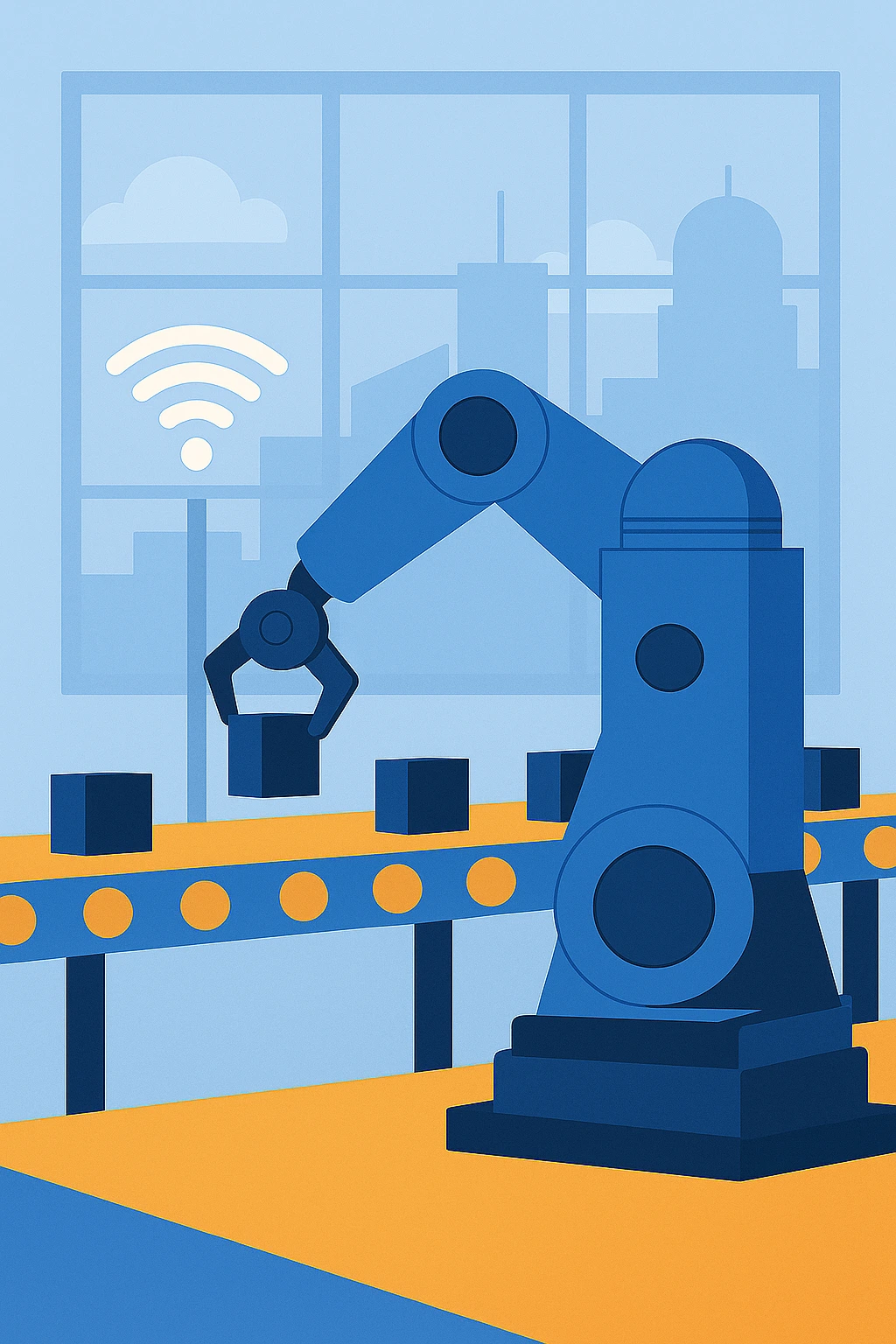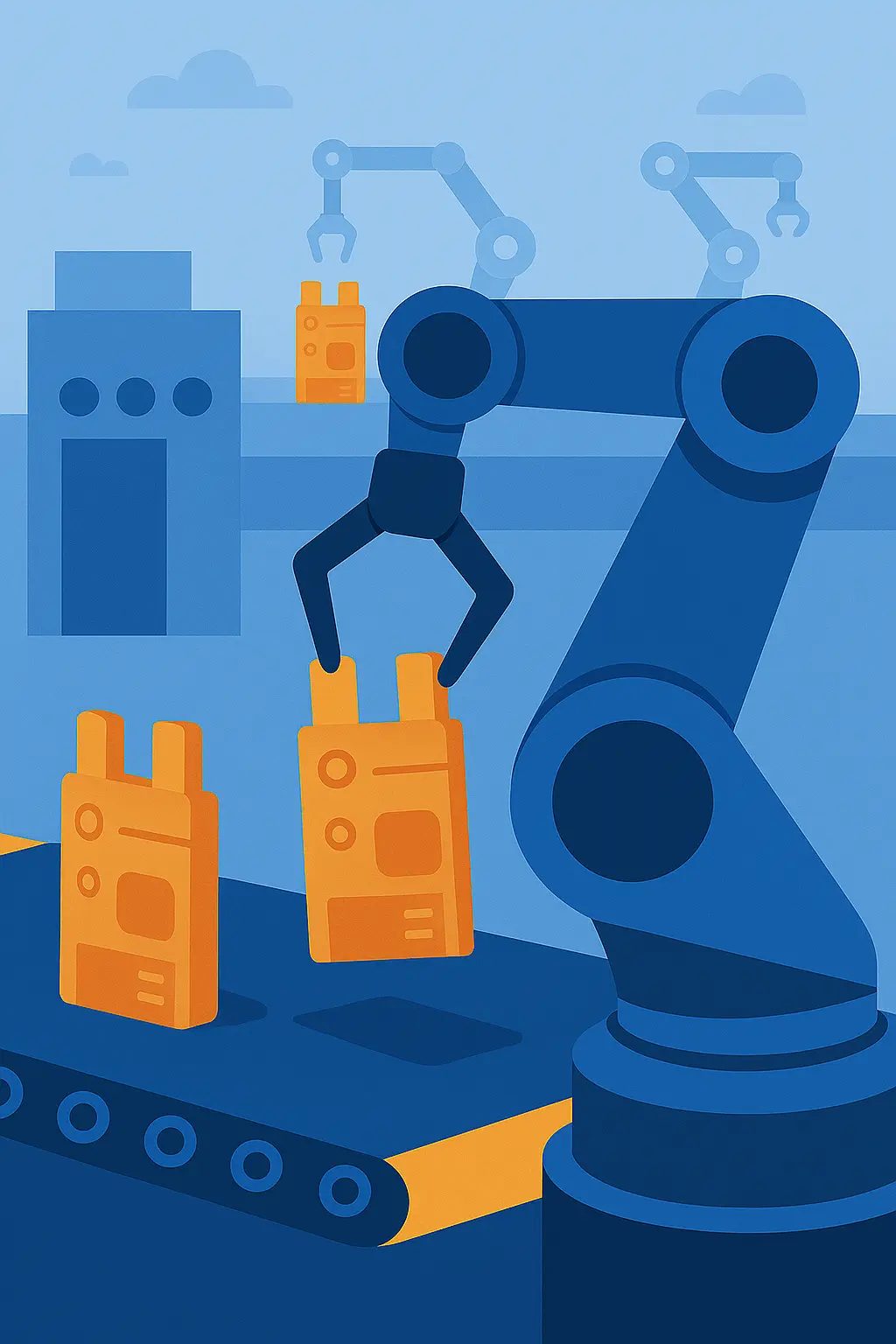
Automation in Manufacturing: Boosting Efficiency with Robots
Manufacturing industries worldwide are undergoing a paradigm shift thanks to the integration of automation technologies and robotics. Automated systems excel at performing repetitive and precise tasks with high speed and accuracy, significantly reducing the possibility of human error and workplace injuries. Robots equipped with AI capabilities can adapt to changes in production lines, handle quality control, and work collaboratively with human operators in what’s known as “cobotics.” This synergy boosts productivity, reduces operational costs, and accelerates time-to-market for products. Additionally, automation enables manufacturers to meet growing demands and customize products at scale. Despite concerns about job displacement, the trend is towards augmenting human roles with automation, focusing on upskilling workers to handle more complex, creative, and supervisory responsibilities.
Manufacturing · Robotics · Automation
Automation in Manufacturing: Boosting Efficiency with Robots
Factories are transforming into smart hubs where humans and robots work side by side. Automation is no longer just about faster production—it’s about smarter, safer, and more adaptive systems that can respond to shifting market demands.
By Editorial Team ·

“Automation isn’t about replacing humans—it’s about elevating them to focus on creativity, design, and innovation.”
Why Automation Matters
- Consistent product quality with reduced defects.
- Lower production costs and faster time-to-market.
- Safer environments with fewer workplace injuries.
- Ability to scale up or down quickly based on demand.
From Traditional Assembly to Smart Factories
Traditional Assembly Lines
Historically, factories relied on repetitive human labor for tasks such as welding, painting, and assembly—often at the cost of worker health and efficiency.
Smart Manufacturing
Modern plants now integrate AI, IoT, and robotics. Machines not only perform tasks but also collect data, predict failures, and adapt workflows dynamically.
Cobotics: Humans + Robots
Collaborative robots (“cobots”) are designed to safely work alongside humans, taking on repetitive jobs while humans handle supervision, creativity, and critical decision-making.

Challenges Ahead
- Job Displacement: Low-skill roles may shrink, requiring retraining.
- High Initial Costs: Robotics infrastructure is capital intensive.
- Cybersecurity: Connected factories are vulnerable to hacks.
- Change Management: Workforce resistance to new technologies.
Bottom Line
Manufacturing automation isn’t just an upgrade—it’s a revolution. With the right balance of human oversight and robotic efficiency, the industry is moving toward a future of safer factories, higher quality products, and empowered workers.
“Robots don’t take jobs—they take tasks. The future of work is human + machine collaboration.”